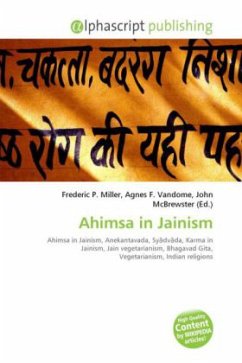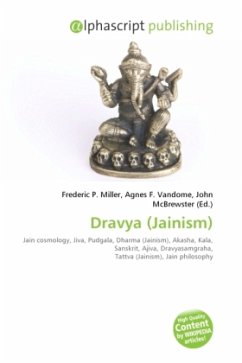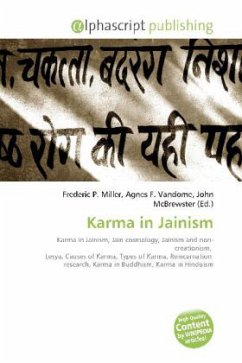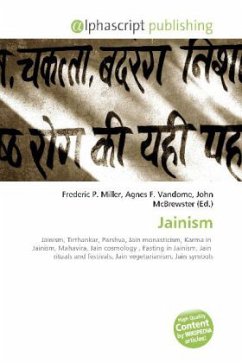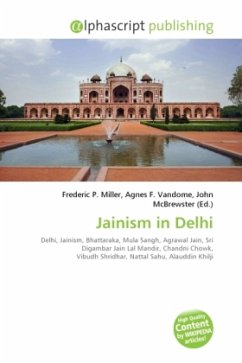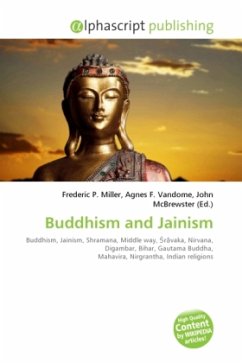
Buddhism and Jainism
Versandkostenfrei!
Versandfertig in 6-10 Tagen
32,99 €
inkl. MwSt.

PAYBACK Punkte
16 °P sammeln!
Buddhism and Jainism are the two branches of the Shramana tradition that still exist today. Jainism has been largely confined to India, while Buddhism has largely flourished in countries outside of India. However the two traditions share notable similarities. Buddhism separates itself from the Jain tradition by teaching an alternative to "extreme asceticism". Buddhist scriptures record that during Prince Siddhartha's ascetic life (before the great enlightenment) he undertook many fasts, penances and austerities, the descriptions of which are elsewhere found only in the Jain tradition (for exam...
Buddhism and Jainism are the two branches of the Shramana tradition that still exist today. Jainism has been largely confined to India, while Buddhism has largely flourished in countries outside of India. However the two traditions share notable similarities. Buddhism separates itself from the Jain tradition by teaching an alternative to "extreme asceticism". Buddhist scriptures record that during Prince Siddhartha's ascetic life (before the great enlightenment) he undertook many fasts, penances and austerities, the descriptions of which are elsewhere found only in the Jain tradition (for example, the penance by five fires, plucking of hair, and the consumption of food using only one's cupped hands). Ultimately, Buddha abandoned reliance upon these methods on his discovery of the Middle Way (Majjhima-Magga in Pali; Madhyamaka in Sanskrit). However, it is interesting to note that even under the Jain tradition, there exists a non-extreme pathway, which is the path of the laymen with minor vows. Some Buddhist teachings, principles, and terms used in Buddhism are identical to those of Jainism, but they may hold different or variant meanings for each.






